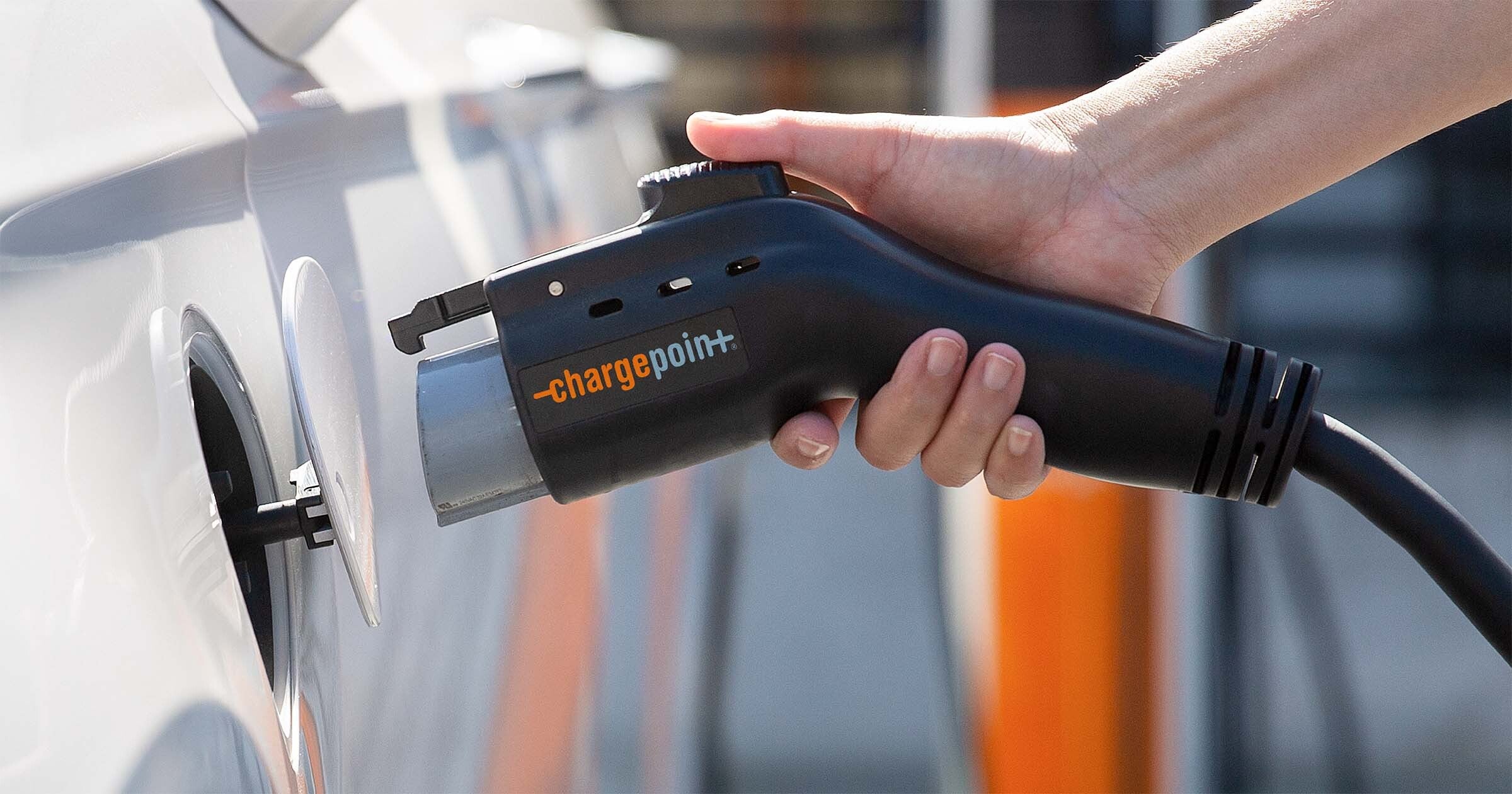Hi all,
First time buying a Tesla (model 3 - Long range) which arrives next month.
I am looking for a home charger (wall connector) and whilst I am aware of the Tesla Gen 3, I've also been told by another Tesla owner that they recommend the EO systems.
Any advice on which route to go down would be appreciated.
Thank you
First time buying a Tesla (model 3 - Long range) which arrives next month.
I am looking for a home charger (wall connector) and whilst I am aware of the Tesla Gen 3, I've also been told by another Tesla owner that they recommend the EO systems.
Any advice on which route to go down would be appreciated.
Thank you



